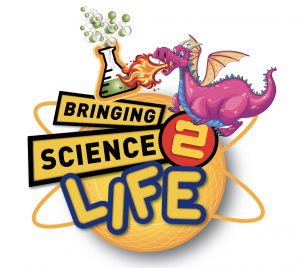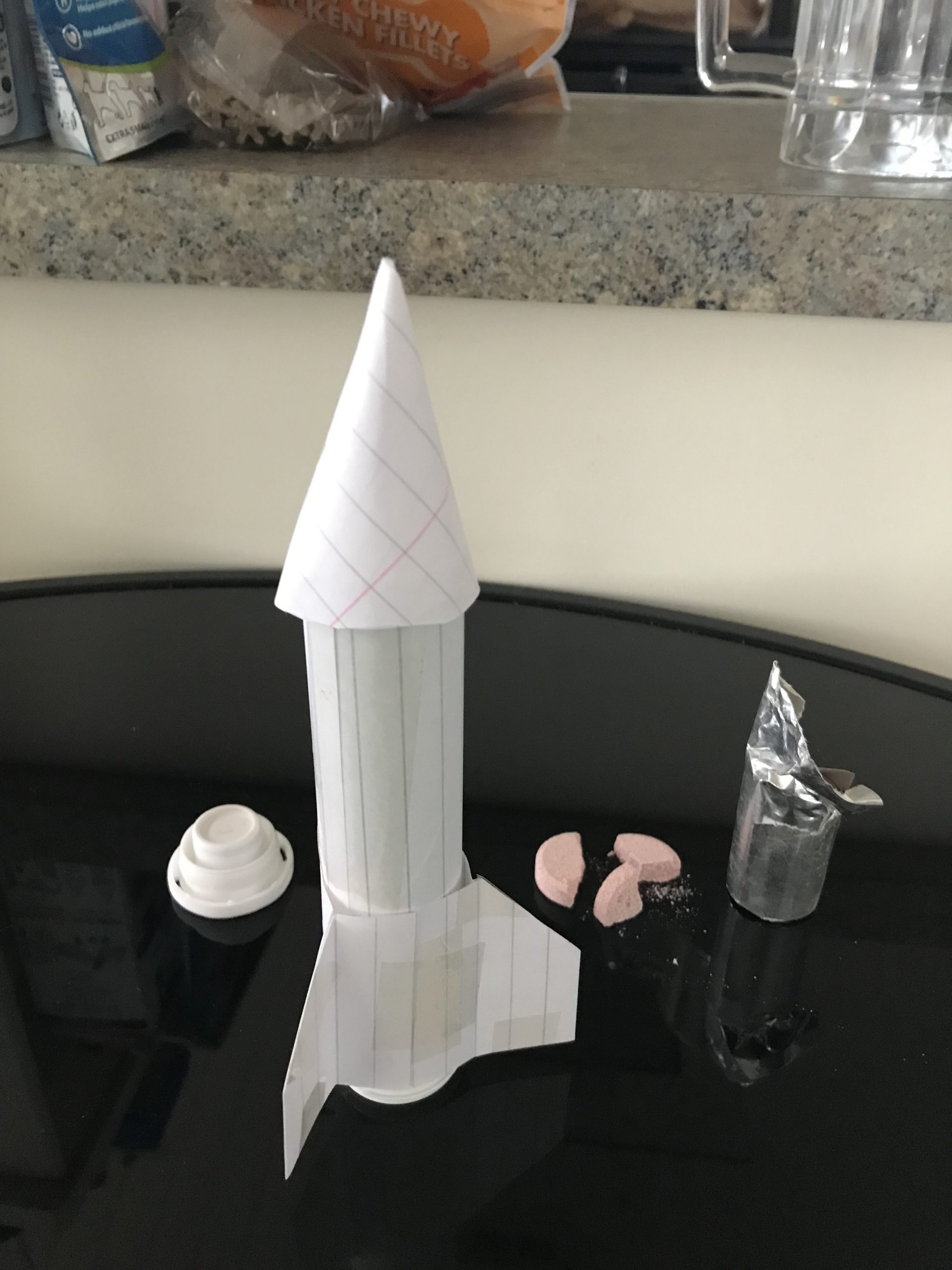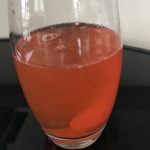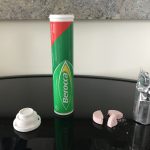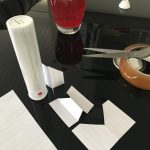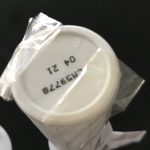‘Science It Activities’ with Scientific Sue: 321 Lift Off!
Science It: Let’s turn a vitamin canister into a rocket!
This activity, as well as being great fun, will also lend to opportunities to help develop your children to ‘Think like a Scientist!’
For all experiments, children should be wearing ‘safety’ glasses to protect their eyes from splashes. Swimming goggles, sun glasses, basically any type of eye wear is suitable.
What you need:
- An empty Vitamin C canister
- Fizzy tablets, such as Alka-Seltzer or Vitamin C
- Water
- Tray
- Measuring jug, baby’s bottle, medicine syringe (if you don’t have one the pharmacist may give you one)
- Empty water bottle – less than 500 ml
- Balloon
- Small funnel
What to do:
Pour a small amount of water – to roughly give you a depth of 1 cm – into a clear beaker.
What do you have in the kitchen that would allow you to measure the volume of the water added more accurately?
Drop in one fizzy tablet.
Watch what happens.
How long does it take for the tablet to completely dissolve?
How much gas was produced?
Did all of the tablet dissolve? If not, more water is needed.
First experiment could be finding out the smallest volume of water required to completely dissolve one tablet.
If the tablet is broken up into smaller pieces i.e. 2 halves, 4 quarters, powdered, what happens to time it takes for the tablet to completely dissolve?
Crush one tablet up and, using a funnel, pour it into the balloon. Now use the funnel to pour some water into a small empty plastic drinks bottle. Carefully stretch the neck of the balloon over the top of the bottle, making sure none of the powder drops into the bottle. Now lift the balloon up and gently shake it so that the powder falls down on top of the water. What happens?
Now Let’s make the Rocket!
Unless you have really high ceilings I recommend these rockets to be launched outside!
1/4 fill your canister with water – or use the volume you have calculated earlier.
Drop half a tablet onto the surface of the water and quickly push the lid on tightly. Shake twice hold the tube upright (lid facing skywards) and wait.
The bubbles emitted are trapped inside the tube, which unlike the balloon cannot expand; this means that the pressure will build up due to the many molecules of carbon dioxide gas hitting the sides.
After a short while the pressure becomes so great the frictional forces keeping the lid on are overcome and the gas pressure forces the lid and the canister to separate.
Repeat – this time count (or use a timer) how long does it takes for the lid and canister to separate? This lets you know how much time you have before your rocket will fly skywards.
How high does the lid fly?
Can you work out the best angle to hold your launcher so that the lid flies the furthest distance?
Do you have a target? A bin or bucket? Can you make a target? Stacked cans?
I hope you are having lots of fun – and imagine we haven’t even started making the rocket yet!
Repeat the above experiment again, however this time place the canister upside down – lid downwards – on the tray.
The canister will be projected upwards at great speed and with a loud “POP”. Try out different sized pieces of tablet and predict which one will have the longest or shortest launching time.
Health and Safety:
- Make sure the rocket canister is not pointing at anyone and that no-one is too close to it during the launching process.
- Make sure that any spilt liquid is mopped up off of the floor – if you carrying out this experiment indoors.
3…2…1…POP!
Guaranteed to make a mess!!
What you will need:
- Dissolving tablets canister – Vitamins or denture
- sheet of paper
- scissors
- scotch tape
- vitamin C tablet – or denture cleaning tablet
- small amount of water
Wrap rectangular piece of paper around the canister to make the body of the rocket. Note: Leave enough of the
canister showing so that the lid can be pushed on.
Use tape to secure paper tube to canister and to hold the paper tube itself together.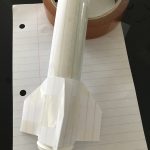
Cut out three fins, fold on the dashed line. Attach the short, folded parts to the base of the rocket body. Make sure they are evenly spread around the base.
Fold the circular paper piece and cut in half. To make the nose cone, fold it so that it looks like the one below. Tape the flap down – make sure the open end is wide enough to be taped onto the rocket body.
Put water and 1/2 a ptablet of vitamin C into the canister, push cap on tightly, place on the ground with pointy end up and step back quickly.
The water will dissolve the vitamin C tablet releasing carbon dioxide gas.
When the increasing gas pressure inside the canister overcomes the resistance of the
cap, the gas and cap jet downwards and the rocket body and fins will move upwards.
This is how a real rocket works, whether it is in outer space or in the earth’s atmosphere. A typical canister rocket will lift off in 10 to 30 seconds and will reach heights between 2 – 5 metres.
When decorating the tube make sure you leave ½ cm of the tube sticking out so that the sticky tape has a surface to stick to.
